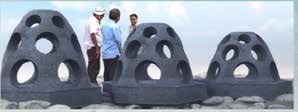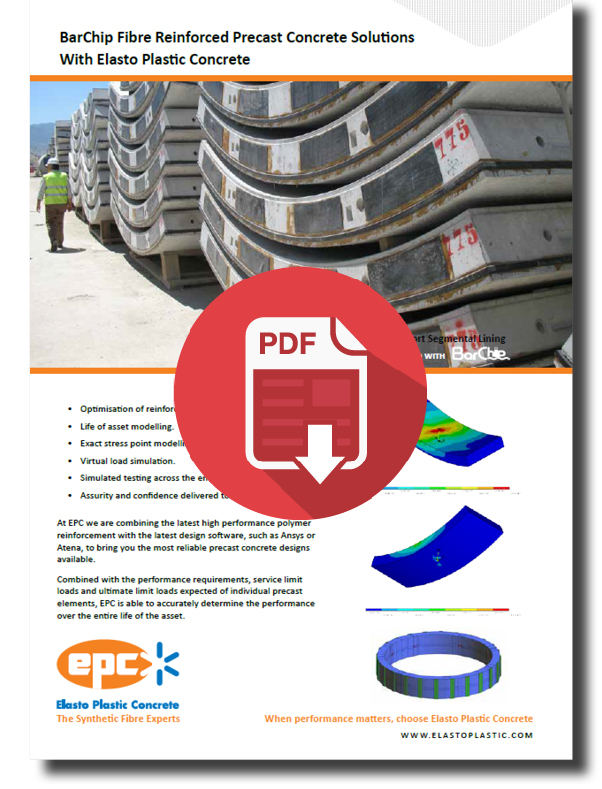Precast Concrete Dome Barrier Project, Thailand
Project Background
Coastal erosion is a reality for many countries around the world. With a coastline of 2,637km Thailand feels the effects more than most. According to the Department of Marine and Coastal Resources, Thailand loses about 5 – 20m of shore each year at a cost of nearly 160 Million USD.
in 1961 approximately 60% of the southern Thai coastline was occupied by mangroves. This is now less than 50%. In total Thailand has lost 22% of it 2,600km coastline, more than 12,600 hectares of land, over the past 30 years. In Bang Khunthian, Bangkok’s only seaside district, over 483 hectares of mangrove forests have been reclaimed by the sea. During the past decade coastal erosion has intensified, exacerbating the problem.
Given the severity of the problem Thai authorities are dedicating numerous resources in the fight against coastal erosion.
The Concrete Dome Barrier Project
Funded by Thailand’s Department of Marine and Coastal Resources the Concrete Dome Barrier Project is an initiative developed by Assistant Professor Payon Rattanamanee of Prince Songkla University (PSU). The project utilises specifically designed precast concrete domes placed in rows horizontal to the shoreline that;
- Reduce Wave Energy – reducing corrosion
- Facilitate the creation of a marine ecosystem
The project team, led by Ass. Prof. Rattanamee comprises civil, coastal, and environmental engineers, marines scientists and botanical experts.

Modelling
Using a wave flume and various measurement devices, physical modelling research was conducted at PSU to determine the most appropriate dome design. Researchers looked at factors such as dome stability and effect on wave length.
Process based predictive modelling was also undertaken to show wave volume through porous material.

Results of the physical modelling and empirical calculation were compared and used to determine the ultimate performance of the structures.
Both the physical and predictive modelling showed that the dome placed on the sea floor would have a marked effect on wave transmission and reduced wave velocity from 35% to 70%.
Precast Domes
The final concrete dome is a hollow, perforated concrete dome on a hexagonal base for stability and is manufactured in three sizes; small, medium and large.

The units were manufactured by The Concrete Product and Aggregate Company Thailand in accordance with The Coastal Engineering Manual (CEM 2002) of the U.S. Army Corps of Engineers (USACE). The dome is cast-on-site using a steel mold and placed using a crane on a floating barge.
Due to the corrosive environment the dome structure couldn’t use steel reinforcement, instead the domes were completely reinforced with BarChip structural synthetic fiber.

The change from steel to BarChip eliminated the need for minimum concrete depth to reinforcement. This allowed the dome thickness to be reduced from 150mm to 50mm with no increased risk of damage during crane installation. This represented a substantial saving to the project owner.
Barchip’s experienced team can guide you through the design process, providing comparative analysis, structural design and where appropriate complex finite element analysis (FEA). When you design with Barchip, you design with confidence.


